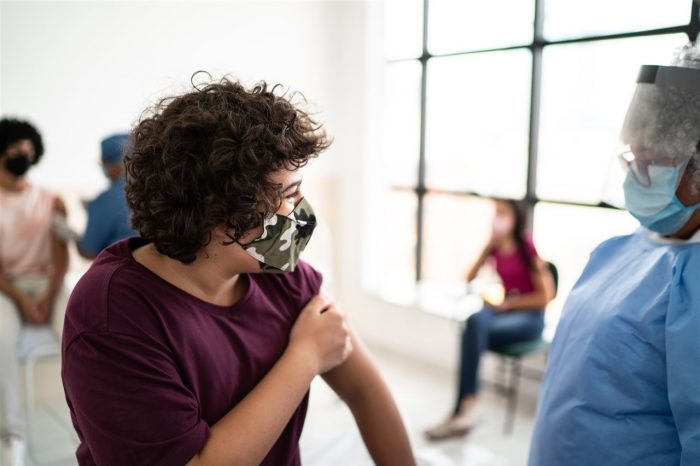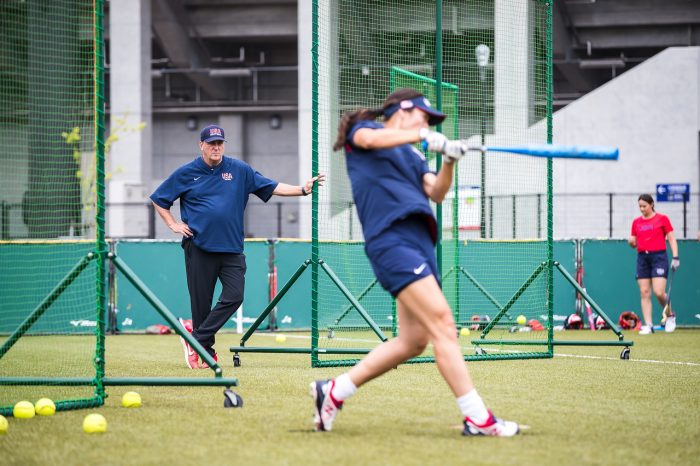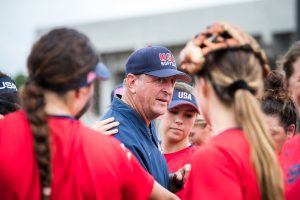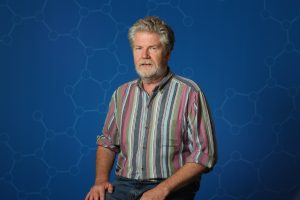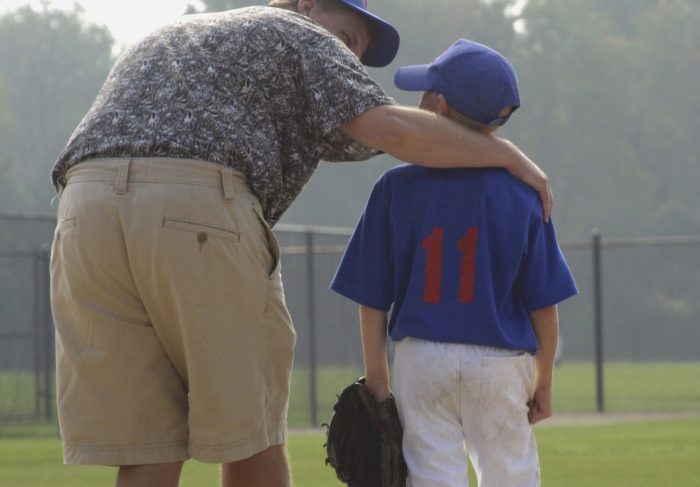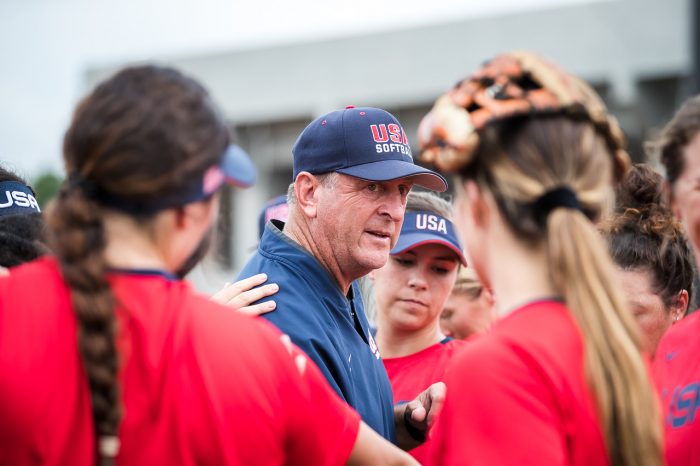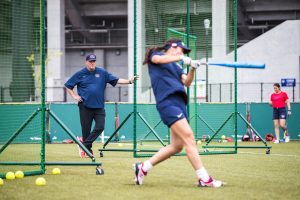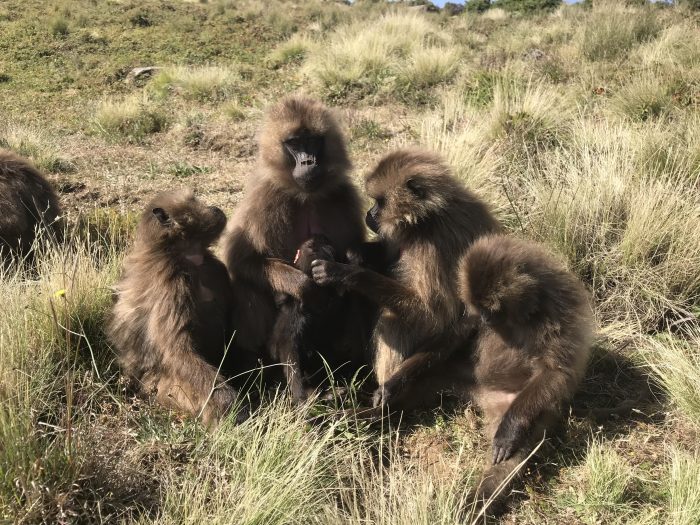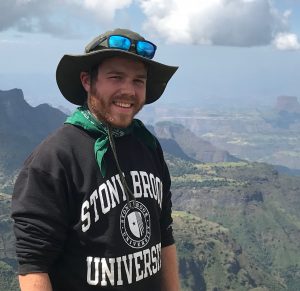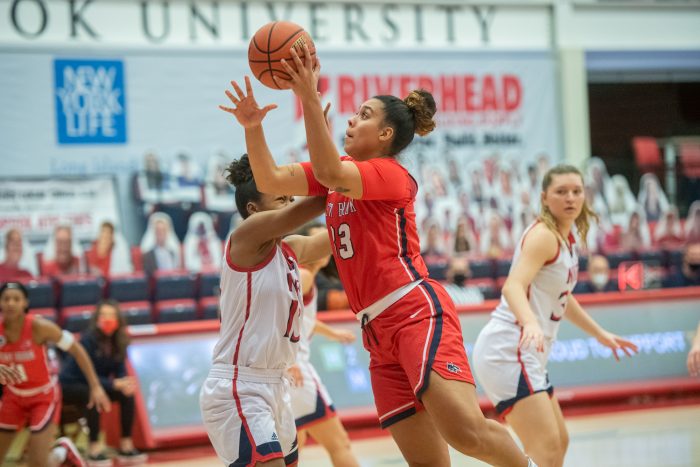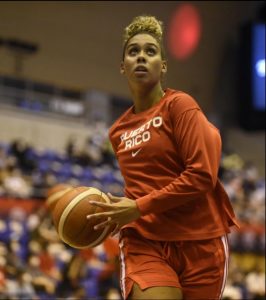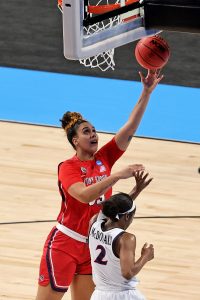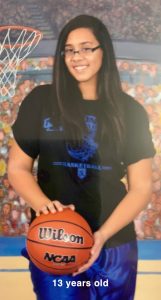By Daniel Dunaief

Years ago, restaurants had smoking and non-smoking sections. Airlines reserved parts of the plane for people who smoked and those who didn’t.
How, after all, were people addicted to nicotine supposed to get through a meal or a plane ride, especially one that could take hours, without lighting up?
Society knew back then that smoking was harmful for the smoker. We knew that each person ran the risk of lung, mouth and throat cancers, among others, from inhaling the toxins in cigarettes.
Slowly, we also started to learn about the dangers of second-hand smoke. People who didn’t light up cigarettes and cigars couldn’t simply move away from that smoke, especially if they were in the same house, the same car, or even, for several hours, on a plane together.
Over time, health officials started to piece together the kind of information that made it clear that non smokers needed protection.
Slowly, restaurants and planes banned smoking. And yet, despite the years of no-smoking policies on planes, the flight attendants or the videos we watch before take off include threats about the consequences of disabling or dismantling smoke detectors in bathrooms.
We also knew, at great cost, that drinking and driving was enormously problematic. People getting behind the wheel after having a few drinks at dinner or while watching a sporting event with their buddies risked the lives of those in their own car, as well as anyone else unfortunate enough to be on the road at the time.
Groups like Mothers Against Drunk Driving and Students Against Drunk Driving came together to fight against habits that put others at risk. While drunk driving still occurs throughout the world, the awareness of the dangers of drinking and driving and, probably just as importantly, the vigilance with which police forces cracked down on people while they were driving impaired has helped to reduce the threat. In 2018, alcohol-impaired driving fatalities was 3.2 per 100,000, which is a drop of 65% since 1982, according to Responsibility.org.
Drunk driving remains a public health threat, with advertisements encouraging people not to let friends drive drunk and organizations like MADD continuing to fight to reduce that further.
While risking the potential for false equivalence, the current pandemic presents similar challenges, particularly regarding wearing masks. Yes, masks are a nuisance and we thought we were done with them, particularly in the early part of the summer when the infection rate declined and vaccinations increased.
With the Delta variant raging throughout the country, the Centers for Disease Control and Prevention recommends masks for anyone indoors and for those in larger, outdoor settings, regardless of their vaccination status.
Now, living without a mask and drinking or smoking are not the same. Drinking and smoking are riskier activities adults engage in and that are not a basic necessity, like breathing.
At the same time, however, people opting not to wear masks because they don’t want to or because that was so 2020 are risking more than their own health. They are sharing whatever virus they may have, in some cases with people whose health might be much more at risk.
When I’m sweating at the gym, I find the masks uncomfortable and distracting. I do, however, continue to wear them because they are a way to protect other people in the room.
I hope I don’t have COVID-19, but I can’t be sure because I have been vaccinated and I could be an asymptomatic carrier.
Students, many of whom can’t receive the vaccine, are better off learning at school than at home or, worse, in a hospital bed. If you’re not wearing a mask for you, consider putting one on for everyone else.
Together, we can and will get through what seems like a viral sequel no one wanted. Until there’s a better way, consider wearing a mask to protect others. If people could do it during the Spanish Influenza in 1918 and 1919, we can do it, too.




